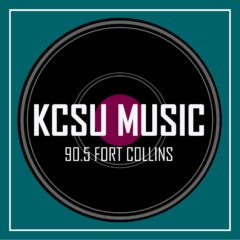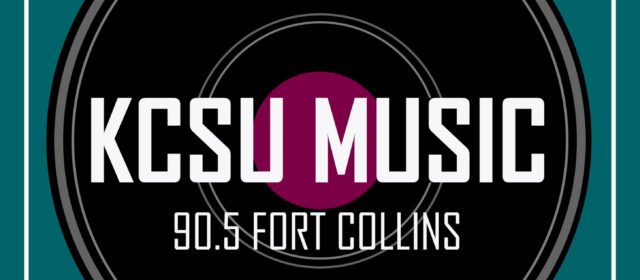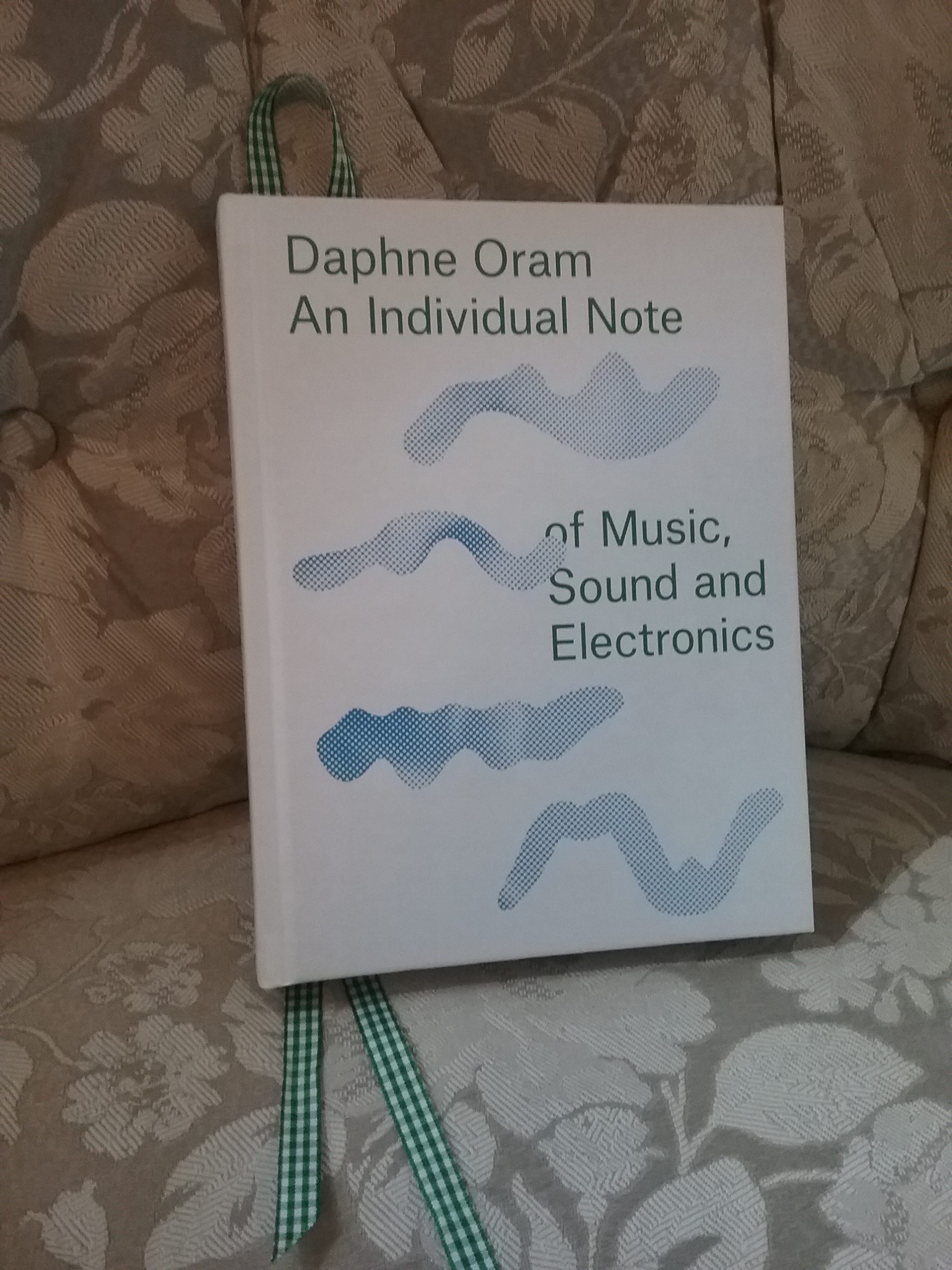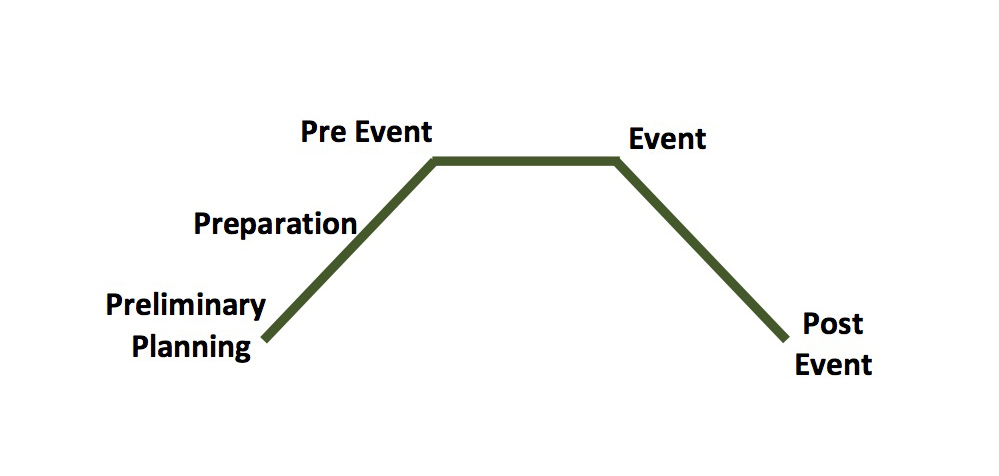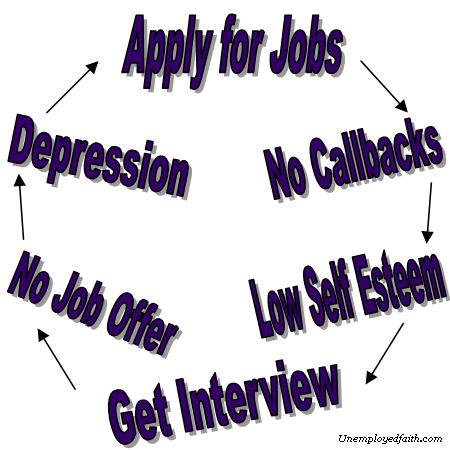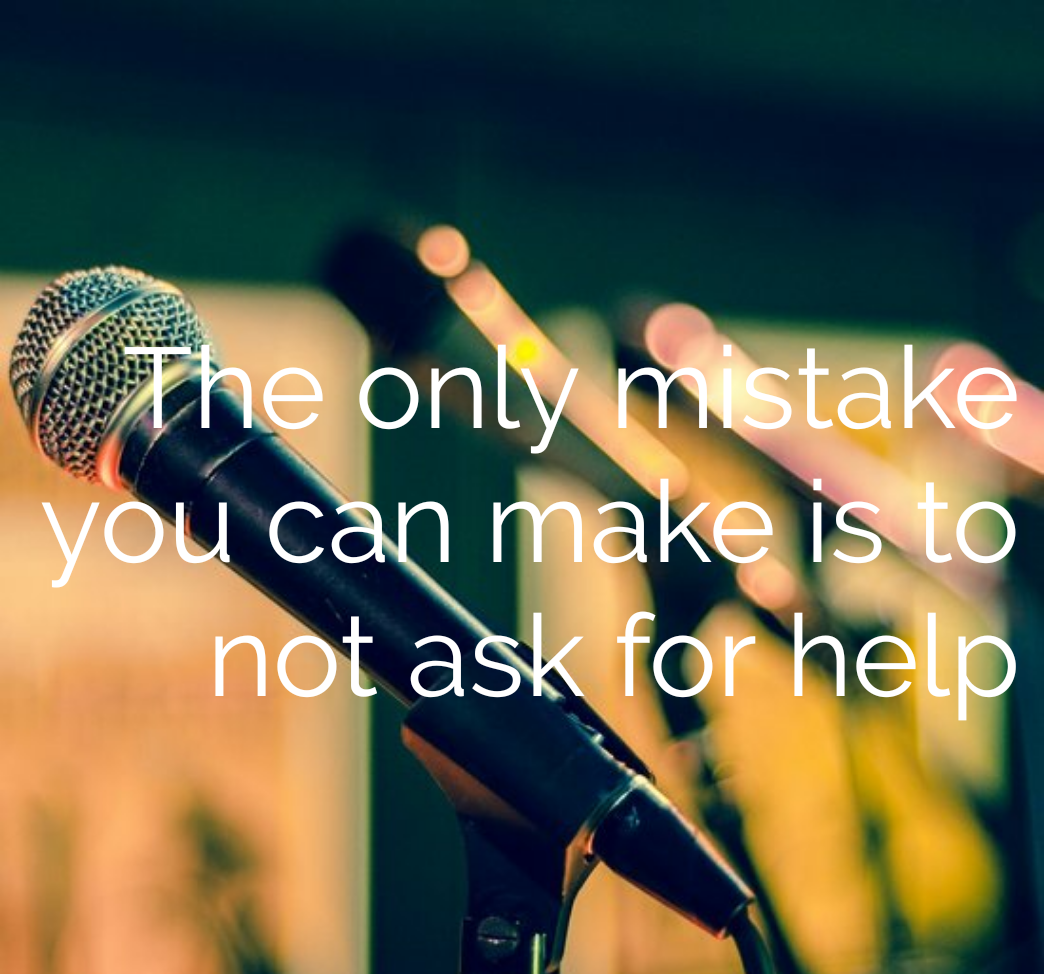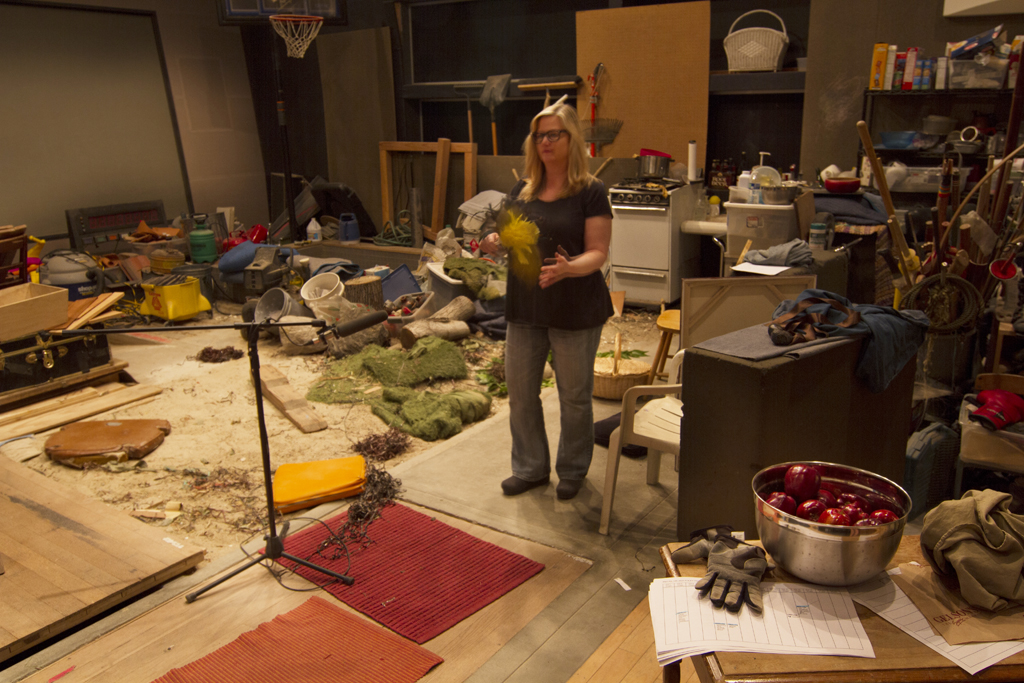Los efectos de sonido en la filmación comenzaron cuando las películas dejaron de ser mudas para pasar a transmitir sonidos y voces. En 1927, Jack Foley desarrolló múltiples y diferentes técnicas de sonidos para cine, gracias a su colaboración en la película “ShowBoat”, en donde realizó los efectos de sonido sincrónico en tiempo real y así comenzó el efecto sala, mejor conocido como efecto Foley.
El sonido tiene la capacidad de hacernos sentir parte de una historia; algunas veces pasa desapercibido, pero si no estuviera ahí, la película no generaría el mismo sentimiento.
El foley puede comprender desde el sonido más sutil y cotidiano, hasta efectos sonoros creados para dar más sentido a algo en concreto, por ejemplo: la ropa, puertas crujiendo, vidrios rotos y el mar, entre otros.
Al inicio, puede ser confuso comenzar a recrear los efectos sonoros. ¿Qué sonido es el mejor? ¿qué pasa si no me gusta el Foley que estoy creando?
Con esto en mente, hay que centrarse en tres áreas principales: pasos, movimiento y accesorios específicos. A continuación, se muestran distintos escenarios de lo que podría suceder, así como algunas recomendaciones de lo que puedes hacer al respecto:
Experimentar hace al maestro: Crea tus propios sonidos, prueba varios materiales, fábricas, suelos, etcétera. Esto te ayudará a tener una idea de un sonido y decidir qué es lo que requieres, en la medida que te funcione. Muchas veces, el producto final termina siendo algo que no esperabas, también te ayudará a crear un flujo de trabajo y en proyectos futuros podrás tener tus técnicas de grabación listas.
Prepárate para ensuciarte: Sí, ser un artista de Foley es un trabajo sucio, es recomendable utilizar ropa que no te moleste manchar, ya que estarás en el estudio durante varias horas y además te proporcionará comodidad para poder realizarlos. Trata también de usar ropa que haga poco ruido, para evitar que se filtre algún sonido externo.
Crea plantillas: El orden en las sesiones optimizará tu tiempo; crea plantillas en tu software de grabación (DAW) con tiempo. Independientemente de cuál utilices, el trabajo será más rápido y esto también les hará más sencilla su labor a los ingenieros de edición, de mezcla , etcétera.
Tener un diario se convertirá en tu mejor amigo: En él deberás registrar cada movimiento que estás haciendo, con su fecha y hora respectiva, desde lo más sencillo, como: “Tuve un error de grabación” o “No logré el paso adecuado”, hasta lo más complejo: “Hoy aprendí una técnica de grabación”. Puede ser tedioso, pero a largo plazo será de gran ayuda si llegaste a olvidar a crear un sonido, o también, cuando realices proyectos similares, tendrás una idea de cómo trabajarlos, gracias a tu journal.
Ir al cine: Ya sea para referencia o inspiración, esto te abrirá la mente, no sólo para ver efectos especiales, escuchar pasos en diferentes tipo de relieve y demás; también podrás ver cómo los géneros en el cine varían en Foley, en su manera de ser creados, grabados y mezclados.
Habrá cambios de último momento: Es la ley de la vida y más en la producción de películas. Ten en cuenta que puede haber proyectos que te pidan entregar al día siguiente (yo he tenido que entregar desde una hora o hasta media hora antes de la proyección), por lo que tendrás que trabajar bajo presión, pero no te preocupes, no siempre será así y aprenderás mucho.
Guarda todo: La regla de oro. Graba todo y si no estás segura de que lo hiciste, vuelve a guardar.
Colocación de micrófonos
Los micrófonos sensibles son excelentes para captar matices sutiles en efectos de sonido. Dentro del estudio de Foleys, puedes utilizar los siguientes modelos de transductores:
- Neumann KM185
- RODE M3
- RODE NT-1
Trata de que la dirección del micrófono no esté muy cerca de la fuente que quieras captar; aléjalo unos cuantos centímetros para tener un poco del sonido del cuarto.
Estos son algunos objetos y técnicas sugeridas por artistas de Foley en Hollywood:
TÉCNICAS
- Aire. Utiliza espigas de trigo o palitos de árboles para el efecto whoosh.
- Lluvia. Arroz o arena en una charola para cocinar.
- Fuego. Cruje celofán varias veces; funciona igualmente con papel de cocina.
- Pasos en la nieve. La arena para gato será un excelente material.
- Puerta mecánica. Rueda una patineta en una superficie plana y controlada.
- Caballo caminando. Parte un coco a la mitad en una superficie suave.
- Alas de ave. Agita guantes de látex de cocina o de limpieza.
OBJETOS
- Sillas viejas. Crearán un crujido controlado.
- Engrapadoras industriales. Servirán para recrear pistolas.
- Directorios telefónicos enrollados. Para golpes corporales (puedes usar también muslos de pollo).
- Tallos de apio. Para fracturas de nariz.
Cada película es distinta; además, cada producción y dirección provocan procesos diferentes, por lo que siempre aprenderás cosas nuevas. Así que al final, en todo momento sigue intentando nuevas ideas y guárdalas, nunca sabes cuándo las podrías usar.
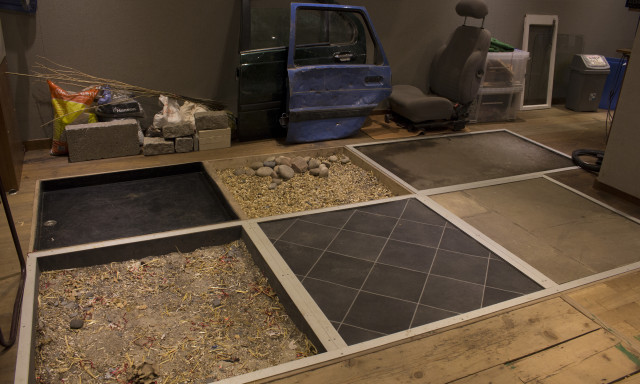
By Tania Moreno and Carolina Anton
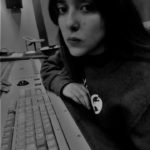 Tania Moreno – Nació en Ciudad Obregón, Sonora, el 2 de abril de 1996. Estudió la preparatoria en el Instituto Tecnológico de Monterrey en Monterrey, México, y actualmente es estudiante de Ingeniería de audio en el Instituto Tecnológico de Monterrey en Monterrey, México.
Tania Moreno – Nació en Ciudad Obregón, Sonora, el 2 de abril de 1996. Estudió la preparatoria en el Instituto Tecnológico de Monterrey en Monterrey, México, y actualmente es estudiante de Ingeniería de audio en el Instituto Tecnológico de Monterrey en Monterrey, México.
Ha estudiado una segunda carrera en Francés y también ha estudiado y realizado prácticas en Helsinki, Finlandia.
Es locutora y artista de Foleys para proyectos de animación y actualmente acaba de fundar su productora de audio Happy Dog Productions, especialista en la creación de diseño sonoro, scoring, mezcla y masterización.
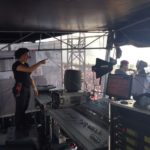 Carolina C. Antón – Originaria de la Ciudad de Mexico, con más de 9 años de constante crecimiento, amante de la música, su primer acercamiento fue tocar la batería, inmediatamente inició de manera autodidacta e independiente, comenzando a realizar grabaciones en vivo, diseños y optimización de refuerzo sonoro y Head de audio para festivales internacionales a nivel internacional. Actualmente es ingeniero de mezcla para en vivo (FOH / MON). Ha mezclado para varios artistas, participando en giras mundiales.
Carolina C. Antón – Originaria de la Ciudad de Mexico, con más de 9 años de constante crecimiento, amante de la música, su primer acercamiento fue tocar la batería, inmediatamente inició de manera autodidacta e independiente, comenzando a realizar grabaciones en vivo, diseños y optimización de refuerzo sonoro y Head de audio para festivales internacionales a nivel internacional. Actualmente es ingeniero de mezcla para en vivo (FOH / MON). Ha mezclado para varios artistas, participando en giras mundiales.
Desde el 2016 comenzó su representación de Soundgirls.Org en la Ciudad de Mexico
Agradecimientos a la comunidad de Artistas de Foley: Peggy Vázquez, Estefanía Monroy (BHD estudios) y Alexa Castillo (BHD estudios) por aportaciones de consejos.
